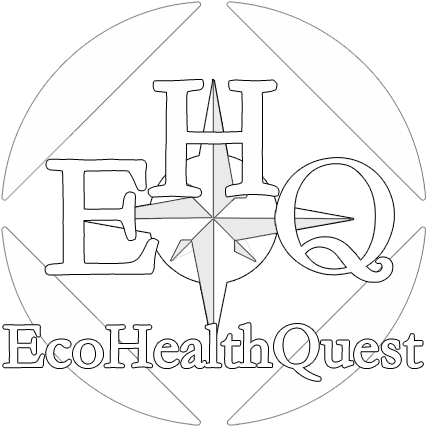I have not been able to write on a regular basis since we are continually working, four hours on the boat searching the waters for dolphins to surface, then three hours later at the computer analyzing the pictures Juan has taken to identify the dolphins we've seen. We're usually finished by 6:00 p,m., have a few hours to rest before having dinner at 8:00 p.m. We're in bed by 10:30 p.m. to rise early at 6:00 a.m. to start the day. There has not been much time for me to write or walk down to the internet cafe. Therefore, today is a synopsis of the week.
However, I have gathered many pictures of the dolphins we have seen, as well as video shorts. Details will follow after I return home the end of August. At that time, I will have more time to reflect on the many things I have learned from my exciting and very interesting volunteer research vacation with the Tethys Research Institute and their Ionian Dolphin Project.
Tuesday, August 19, we were on the waters not long before we were surrounded by a group of active dolphins. Then, the next day, we trolled the fish farms nearby looking not only for dolphins but sea turtles. The farmed fish are fed pellets of ground fish which sometimes spill outside the enclosed farm areas. Wild fish swim close in to eat these scattered pellets and are easy prey for the dolphins and sea turtles.
Thursday we again found an active group of dolphins farther out towards the other end of the Gulf. Then on Friday we ventured out into the Ionian Sea to study a different breed of dolphin called the Common Dolphin which is half the size of the Bottlenose Dolphin and has different coloring. This breed in an endangered species and is rarely seen.
The picture below was taken on Tuesday, August 19, of bottlenose dolphins surfacing. Note the sea gull to the right. The gulls often know where the dolphins are because they wait to eat left over fish pieces and excess debris blown out through the dolphin's noses.

